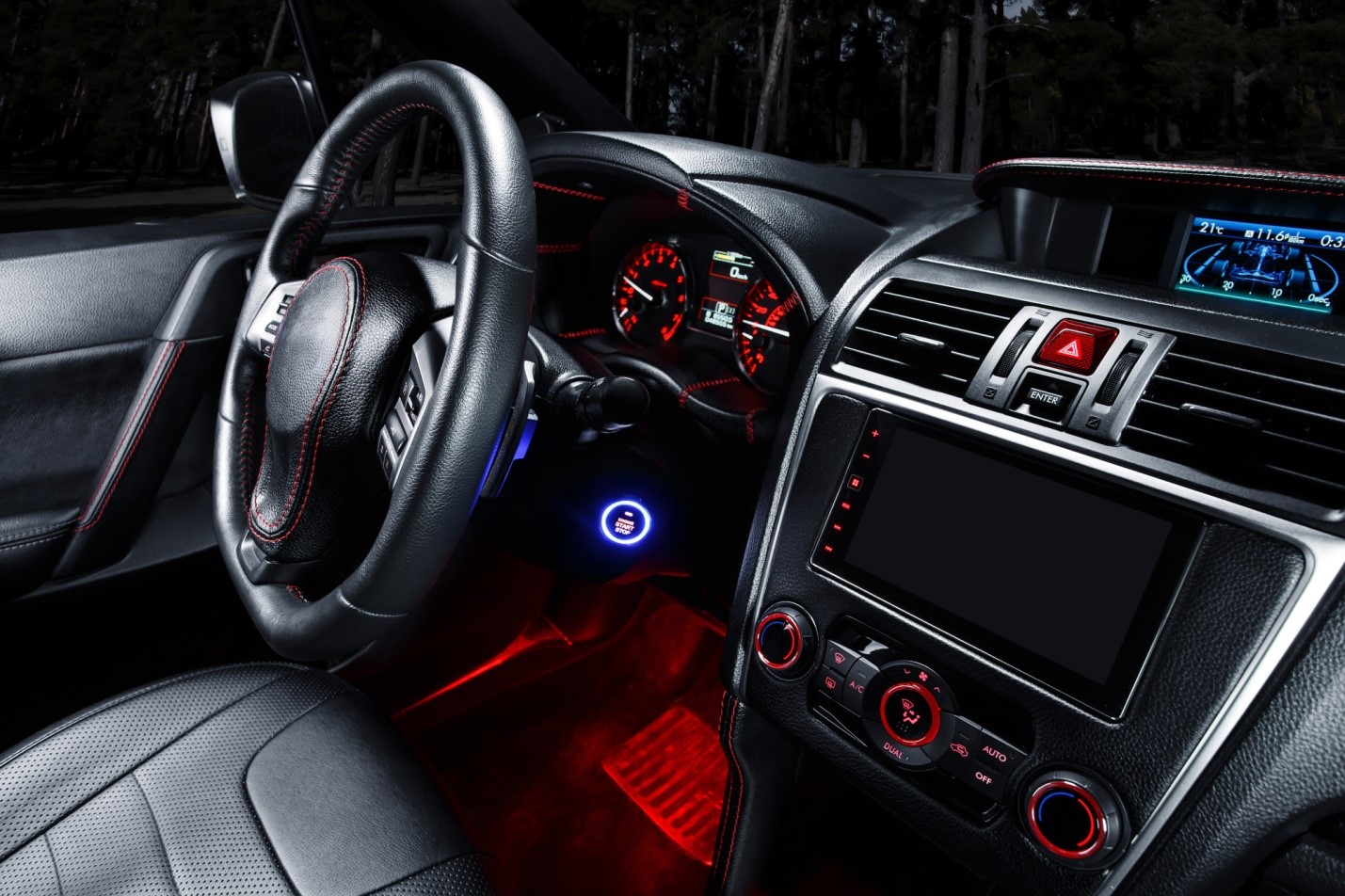I have seen many people talk about OBD-II emissions tests on various web forums. Often with a puzzled: “I failed readiness!” or “Do I have to do an OBD-II test on my 1994 vehicle?” Since OBD-II has replaced or will replace sniffer tests for 96 and newer vehicles in most states, I thought I’d dump some introductory information about OBD-II emissions tests for people. I don’t get into the details about OBD-II, the various protocols, or how to tune an OBD-II vehicle here. Only what to expect in the emissions process.
First, some really quick background: California required emissions control systems (Catalytic converters) on cars sold in California starting the 1966 model year. This was adopted across the US in 1968, and eventually became the Clean Air Act of 1970 which required emissions standards that were hard for manufacturers to meet. Ultimately, car makers found that switching to electronically controlled engine management allowed them to meet these demands. These electronics became more sophisticated and more standardized as time went on, and now we have a standard protocol (OBD-II) that all these computers adhere to.
Today: Many States, California, Massachusetts, New York, Illinois, Washington, New Hampshire, and on and on have mandatory emissions inspections in some or all counties. Typically this is used as part of the car registration and renewal process. Up until 2000, this just meant popping the car on a dyno, sticking a sniffer in the tailpipe and measuring what percentage of the air coming out of the vehicle is clean. However, in 2000 the EPA started pushing an “OBD-II emissions test” and many states adopted it, or are in the process of adopting it.
An OBD-II test consists of the emissions computer plugging into the OBD-ii port on the car (usually under the dash or hidden behind the cigarette lighter) and asking the car’s computer whether the emissions equipment on the vehicle is working within the required efficiency limits. This is advantageous over the sniffer because its much faster, more consistent (in theory) and harder for those of us that like fast cars to just jury rig a huge catalytic converter the morning before inspection in order to pass with flying colors in our fire-spitting vicious mobiles
The way OBD-II tests actually work, is pretty simple. The car’s ECU waits for a set of conditions that are representative of normal driving and then checks the values of a few sensors to make sure that under that condition the equipment is working exactly as it should. Typically it examines systems such as the catalytic converter, the Exhaust Gas Recirculation (EGR), and the evaporative emissions. It stores these results internally and the computer just queries for these results at inspection time. The inspection machine also checks the computer to see if any error codes are set, and if the check engine light (also know as a Malfunction Indicator Light (MIL)) is set. If the tester determines that the emissions equipment is in order, there are no internal errors which the car didn’t see fit to tell you about and the check engine light is not on, the car is given a pass without needing any further emissions related tests.
For the car to definitively say that the vehicle is in working order it needs to examine its systems for a set number of “driving cycles”. Driving cycles are defined differently for different car companies. For some a driving cycle is the time between when the key is first turned on, until it is turned off. For others, it is any 10 minute period of non-idle driving, etc. This is where the concept of readiness is introduced. When the vehicle’s ECU is reset for any reason (replacement, low battery, faulty sensors, etc) it resets the ‘readiness monitors’ inside the ECU. These are a number of flags that determine whether or not the car is prepared to validate the condition of the emissions systems. The vehicle then must be driven for a preset number of drive cycles to give the ECU all the information it needs to get out of the unready state and actually test the emissions systems.
If a car is inspected while it is not ready, the car will return ‘not ready’ to the inspection computer. On cars sold between 1996 and 2000 an emissions test is considered a fail if any 2 of the emissions systems return not ready. On later vehicles, you are only allowed one not ready. The typical remedy for failing readiness is to drive the car around for up to 500 miles and trying the test again. After that, if you still fail, a dealer or somebody with factory diagnosis equipment is required to force the vehicle to run the emissions tests regardless of readiness.
Modified Cars: OBD-II represents a problem for cars with modified emissions systems. In the past, you could just keep the factory exhaust in a corner of your garage and slap it on for inspection, but now the electric tattle-tails will still catch you. You can use a datalogger, such as the car-code logger: http://www.obd-2.com/ to check whether your car has passed readiness and thinks it is in an emissions happy state. This is of course for use with off-road only vehicles only.
A common problem for modified cars is secondary o2 sensors. Part of the OBD-II tests involves determining the efficiency of catalytic converter (or pre-cat catalytic converters) by checking the value of the oxygen sensors which are located after the cat. If your off-road vehicle does not have this equipment the vehicle will likely fail. A common solution for this problem is to install an oxygen sensor simulator which gives the car’s ECU a false signal that mimics what it is expecting to see so it thinks everything is in order. A quick internet search for “o2 simulator” will return further information on this topic.
Finally, remember that you will need to drive the car a lot of miles to get readiness to pass. In some extreme cases over 1000 miles is required. So if you are planning on taking the car down for a few months in order to do a long project, and your time for inspection is coming up you are better off getting the vehicle inspected before taking it off the road and resetting the ECU.











